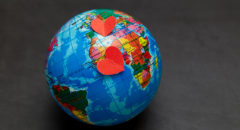What Are They?
Compassion is defined as the feeling that arises when you perceive another’s suffering and feel motivated to relieve that suffering.
Compassion can arise from empathy—the more general ability to understand and feel others’ emotions—but goes further by also including the desire to help. Of course, we can feel compassion without acting on it, and not all helpful acts are motivated by compassion.
When compassion does lead to action, we often call the result kindness. Kindness always includes the intention to benefit other people, especially (though not always) at a cost or risk to ourselves.
Research has shown that compassion and kindness are deeply rooted in human nature–our first impulse is to cooperate rather than compete. Even toddlers spontaneously help people in need out of genuine concern for their welfare. This innate kindness, however, often gets lost in a society built on competition. Schools have a golden opportunity to cultivate the compassionate side of students by creating a school culture in which kindness is valued and practiced.
- A science teacher sets up his classroom to cultivate students’ innate kindness and cooperation, rather than their selfish and competitive natures.
He takes the time at the start of the school year to get to know students and for students to get to know each other by doing some fun icebreakers from Playworks, like Crooked Circle. - To create an inclusive and connected classroom climate, students sit in a large circle for discussions and in small groups during regular instruction.
- Everyone is encouraged to practice self-care, taking short breaks when they need to in the “Chillax Corner”, and to take care of each other—noticing when a fellow student might be having a hard time and connecting with him or her.
- The curriculum is taught with a “prosocial” lens, taking into consideration how the scientific content might be used to benefit students’ communities and society in general.
Children’s understanding of kindness and compassion change as they mature. For example, their ability to be compassionate grows as they develop their perspective-taking ability and emotion regulation.
Elementary age students and younger may view kindness mainly in concrete ways, such as in terms of the consequences of actions; whereas, older children and teens can appreciate the intentions behind the actions, allowing them to better navigate complex situations.
- A first grader might say kindness is asking someone to play, taking turns, or helping someone who is hurt.
- A high schooler gives his friend a hard time for choosing to go to the movies rather than study for an important test. At first, his friend is upset, but then realizes that the admonishment was made in his best interest.
Why Are They Important?
Research has found that practicing compassion and kindness can improve health, well-being, and relationships, as well as academic achievement. Of course, beyond our own lives, these qualities strengthen our communities and may even be vital to the survival of our species as a whole.
Kindness and compassion make us happier.
- Compassion training programs, even very brief ones, strengthen reward circuits in the brain and lead to lasting increases in self-reported happiness.
- Compassion training also enables us be more altruistic, and kindness does seem to be its own reward—giving to others activates those pleasure circuits and actually makes people, including kids, happier than spending money on themselves.
Compassion makes us more resilient.
- Feeling compassion helps us to overcome empathic distress—or the feeling for others that makes us so upset that we want to run away rather than help. We are better able to handle the strong emotions that occur when faced with others’ suffering.
Kindness and compassion are good for our health.
- Feeling compassionate can reduce the risk of heart disease by helping slow the heart rate, and compassion training has been shown to reduce stress hormones and boost the immune system.
- Acts of kindness such as donating money help lower blood pressure.
- People who volunteer are healthier overall, and teens who volunteer to help younger kids show reduced risk factors for cardiovascular disease.
Kindness and compassion improve our relationships.
- Compassion is associated with more satisfaction and growth in friendships and makes us less vindictive towards others.
- Compassionate behavior is highly valued in romantic relationships: In surveys of over 10,000 people across 37 cultures, kindness was rated the most important quality in a mate, and the only one universally required.
- Altruism promotes social connections in general and creates ripple effects of generosity in communities.
Kindness and compassion benefit education.
- Preschoolers and elementary schoolers prompted to perform acts of kindness show increased well-being and social competence; in turn, prosocial (kind and helpful) peer interactions increase middle schoolers’ positive emotions and life satisfaction.
- Prosocial behavior in elementary school predicts higher academic achievement in middle school, and it predicts academic achievement in high school.
- High-quality service learning programs, which put compassion into action by combining classroom learning with real-world community service, have been shown to improve academic performance, student attitudes and behavior, and school climate.
- When high schoolers see their school as a kind place, they are more interested and motivated to learn.
Practices
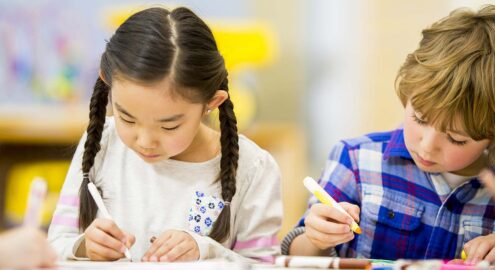
Seeds of Self-Compassion
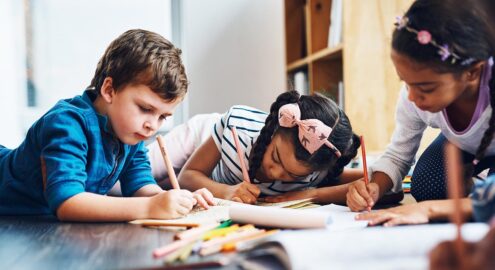
Art on Purpose

Assessing Your School Climate

Courage Blooms
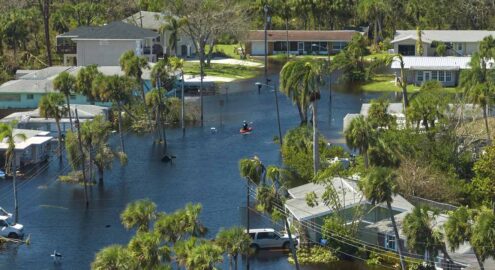
Inspiring Climate Awareness Through Gratitude
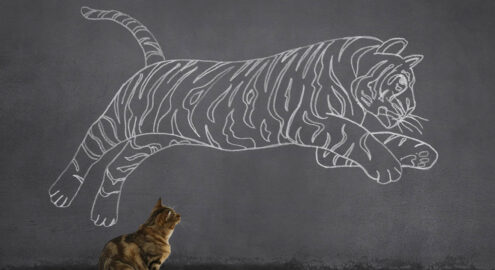
Courage Creatures

Identifying Acts of Courage
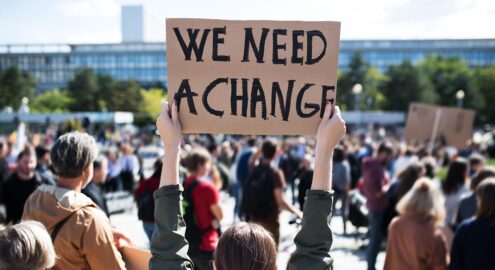
Courageous and Compassionate Citizens
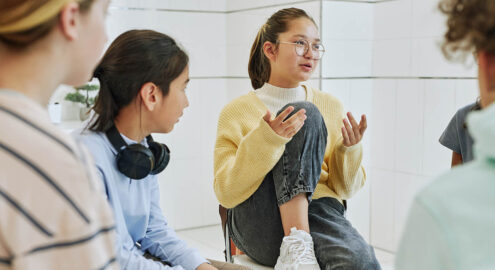
Developing the Courage to Speak Up
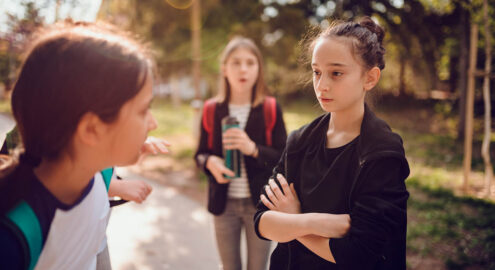
The Bystander’s Dilemma: What Does Courage Look Like?

Finding Awe in Collective Acts of Kindness

Creating Musical Playlists for the Classroom

The Beauty of Collective Effervescence

Finding Awe In Everyday Moral Beauty

Letting Music Shape You
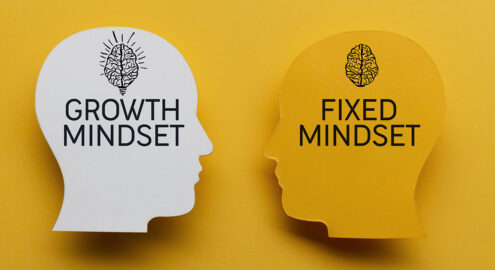
People Can Change: Recognizing Our Potential for Growth

Listening with Compassion
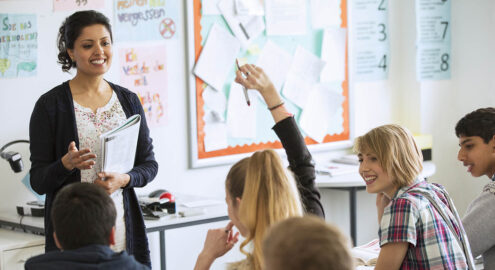
Building Collaborative Classroom Norms

Do you want to dive deeper into the science behind our GGIE practices? Enroll in one of our online courses for educators!




